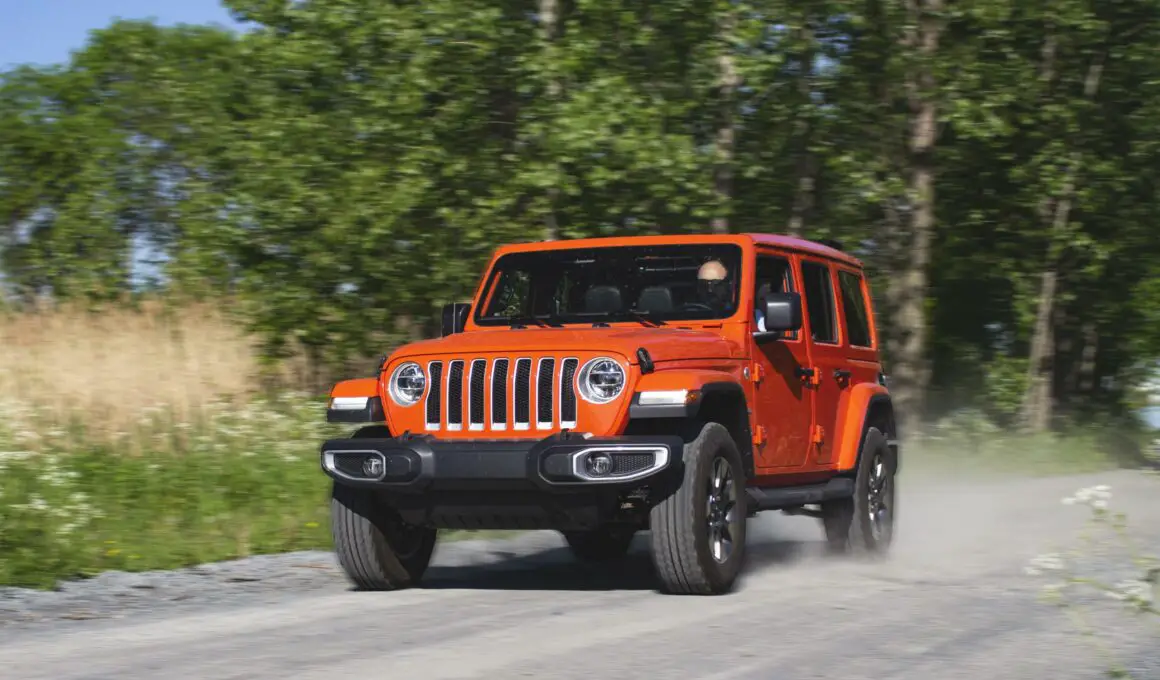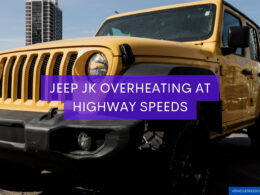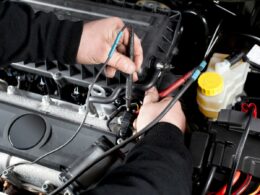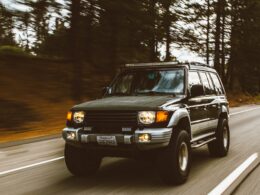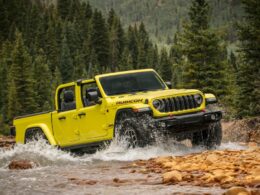In This Article Show
Like all other engines, the Jeep 2.0 Turbo eventually wears out and develops issues, and today you will know the common Jeep 2.0 turbo problems with their solutions. One of the most dependable Jeep engines available is this one.
Jeep 2.0 turbo engine is undoubtedly one of the names that first come to mind when discussing Jeep engines. You should know a few things about the 2.0-liter engine of a 2019 Jeep Wrangler, whether you currently own one or are considering buying one.
Because many owners have experienced certain drawbacks like turbo logs, require high maintenance, when the service shifter is on, battery pack coolant leaks, and more. Most of these problems are simple to resolve. However, converting an automatic transmission to a manual transmission is not possible.
Therefore, I’ll have listed nine Jeep 2.0 turbo problems you might experience with the jeep2.0 engine, so settle in and keep reading because I will give you the solution too!
9 JEEP 2.0 TURBO PROBLEMS WITH THEIR SOLUTIONS
The following are the common problems of jeep2.0 turbo:
1. Turbo Lag Problem
Numerous Jeep 2.0 turbo owners have been bothered by the problem of turbo lag in their vehicles. When your car is in high gear, the lag happens. A subpar turbo design, a low compression ratio, or (most likely) a poorly tuned engine management system are the causes of the lag.
SOLUTION
- You’ll need to install a Pedal Monster Throttle Booster to address the Turbo Lag issue. Soon after the installation of the booster, you’ll notice a difference in the throttle response.
- Do the tire inflation correctly.
- You can modify your driving technique.
- You might also experiment with using various fuels.
2. The Engine Light Turns On
The engine light will come on known as a service shifter when a problem arises with the Jeep 2.0 turbo. At the very least, it indicates something wrong with your engine, and you should act quickly to address any urgent issues. Service shifter typically denotes problems with the sensors, frayed wires, or leaky hoses.
SOLUTION
The engine should be inspected and fixed at a service station, which is the most likely remedy. Otherwise, the erroneous hints can end up costing you money and time.
3. No Manual Gearing
The Jeep 2.0 turbo comes standard with an automatic transmission, which is a benefit and cannot be viewed as a drawback because it makes shifting gears simple. However, only some feel comfortable operating an automatic transmission; they prefer a manual one. The problem is that the Jeep 2.0 turbo engine transmission cannot be changed to a manual transmission.
SOLUTION
Sadly, there is absolutely no remedy to this problem. If you want to drive a jeep 2.0 turbo, you must use the automatic transmission.
4. High Expense Of Maintenance
The Jeep 2.0 runs best on premium petrol with an octane rating of 91 or above. However, the price is more than conventional petrol, which may be an issue for many Jeep owners. Because this engine requires significantly more maintenance than a 4-cylinder engine, jeep owners have been griping that it is too expensive to maintain correctly.
In addition to costing more, turbo 2.0 automobiles require regular oil changes, which adds to the expense. You will only perform better if you do. Maintaining the Jeep 2.0 turbo engine is difficult, given all these issues.
SOLUTION
If you love your Jeep, the only option is to thoroughly inspect the engine, and keep an eye on the service shifter and other vital components along with working hard to earn money.
5. Battery Pack Coolant Leak
Coolant leakage from battery packs, prevalent among Jeep owners, may cause overheating problems for you. The battery pack’s coolant level drops as it leaks, leaving less available to dissipate heat effectively due to inadequate heat dissipation, in the Jeep 2. O has overheated as a result of the heat it produces.
SOLUTION
- In that case, taking your Jeep in for a routine inspection at a service facility or having a skilled technician perform it for you is always advisable.
- You can also repeatedly hit the battery pack on the ground. However, you first need to get the battery pack out of the car. The screws holding the battery must be removed, along with the battery’s connection to the cables.
- This will be complex; however, changing the battery pack and topping out the coolant reservoir can assist. Improperly positioned seals frequently cause coolant leaks.
6. Has Twice Been Recalled
Everybody knows that the Jeep 2.0 turbo has already undergone two recalls, but one cannot consider it as evidence that it is a poor vehicle. First, a recall was issued for the 2.0 Liter engine because the high-pressure fuel pump’s connection to the fuel supply line may have a fractured plastic connector.
SOLUTION
You don’t need a remedy because they care for the problem for free. Additionally, it does not imply that turbo 2.0 engines are subpar. This is a little reminder for you.
7. Has Fewer Horses
The Jeep 2.0 is not ideal for you if you want more horsepower because the 2.0 turbo in the Jeep produces 270 horsepower and 295 pound-feet less torque than the other V6 engines.
SOLUTION
Because this car’s engine only produces 270 horsepower and 295 ft-lbs of torque, you could be dissatisfied if you desire more power.
8. It Has A Low Towing Capacity
When compared to the other Jeep models, it can tow less. It occurs as a result of the lower torque and horsepower. It has a maximum towing capacity of about 2500 pounds, while the Grand Cherokee can haul up to 7,200 pounds. The Jeep 2.0 small can tow a maximum of 3,500 lbs, less than the Grand Cherokee and Regal.
SOLUTION
You shouldn’t purchase or own a Jeep 2.0 if you seek great towing capacity. The Jeep 2.0 Turbo isn’t even advertising as a towing vehicle, which is the issue. The towing capacity needs to be shown on the Jeep website when you search for the jeep!
9. Requires Premium Fuel For Best Performance
Some people may want to spend less money on their vehicles. As the Jeep 2.0 uses only premium fuel, it may be a drawback since it is more expensive for some drivers than regular gas.
SOLUTION
- Although it may run on unleaded or diesel fuel, I suggest using high-octane gasoline, which has an octane rating of 91, for the most outstanding performance.
- Ask the dealer or mechanic who serviced your automobile if you are unsure of the type of fuel it requires; they will be able to answer your question.
FINAL WORDS
Jeep 2.0 turbo problems with their solutions conclude that the issues with the jeep2.0 turbo are turbo lag, no manual gearing, the high expense of maintenance, battery pack coolant leak, twice being recalled, fewer horses, the low towing capacity, service shifter on, and requires premium fuel for best performance.
Some of these problems have some mind satisfactory solutions I have given above. But despite its many issues, the Jeep 2.0 turbo is still trustworthy. The Jeep 2.0 turbo engine will survive with regular upkeep for a very long time!






